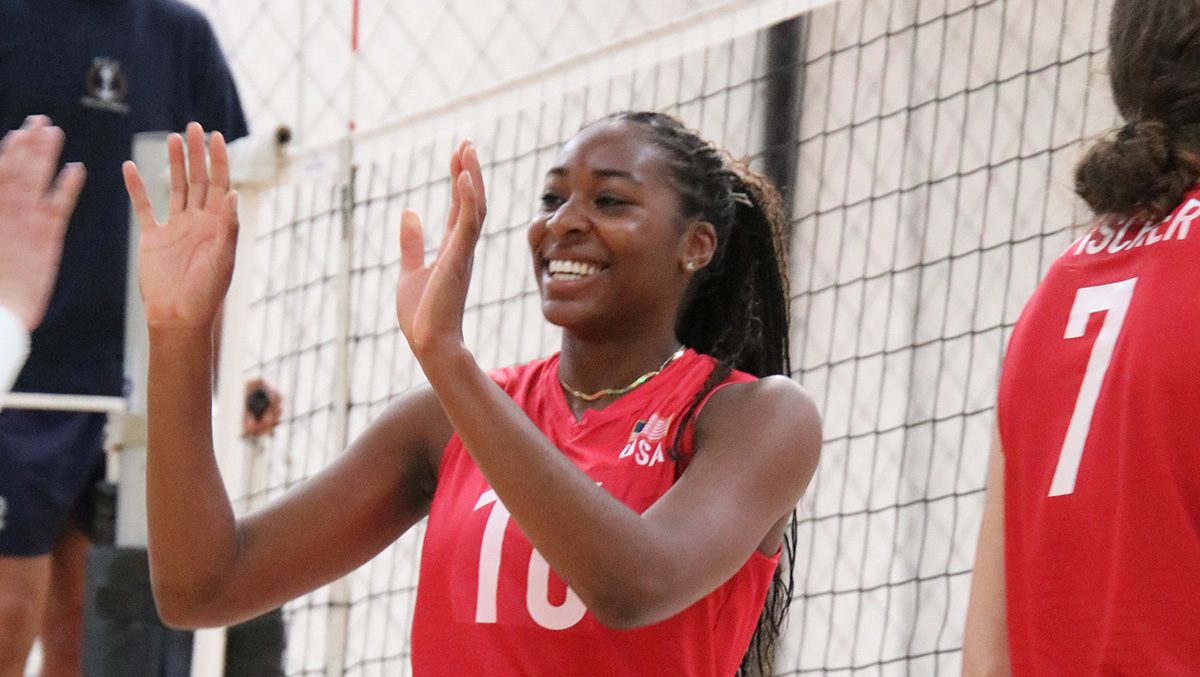
College Recruiting Tips for the Fall Season
College recruiting preparation can be a daunting task, but don’t fret! Here are five college recruiting tips that can help both boys and girls volleyball athletes.
Resources for
Follow USAVolleyball
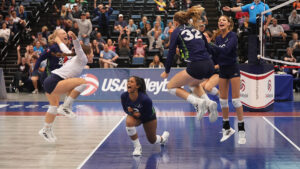 USA Volleyball Education is focused on improving developmental and educational opportunities across the sport of volleyball from grassroots to the national team level. Our goal is to provide the opportunity to access, complete and apply high-quality information and methods in the technical, tactical, physical and emotional aspects of the game for athletes and coaches while providing training, support and resources for other key stakeholders including officials, parents and clubs.
USA Volleyball Education is focused on improving developmental and educational opportunities across the sport of volleyball from grassroots to the national team level. Our goal is to provide the opportunity to access, complete and apply high-quality information and methods in the technical, tactical, physical and emotional aspects of the game for athletes and coaches while providing training, support and resources for other key stakeholders including officials, parents and clubs.
For years, the focus of volleyball in many areas and across various levels shifted to a mindset of winning at all costs.
What we now know is that the most successful teams in the world have developed a model of training and a culture that supports a holistic approach to athlete development which not only sets them up for competitive success on the court, but values and emphasizes the important of athlete health, well-being and long-term involvement in the sport.
The USA Volleyball Development Model was created based on the idea that volleyball in the U.S. could be taught differently, resulting in long-lasting positive outcomes across all measures of performance while keeping kids involved and loving the game longer.
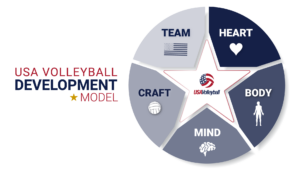
The five pillars of the USA Volleyball Development model provide the basis for a holistic approach to the core elements that are vital to supporting development at every level and across age groups.
USA Volleyball Education is committed to providing support for the volleyball community with a role-based approach to education and training. Whether you’re planning practices, cheering from the stands or making the right call, we provide the tools and resources to help you succeed.
USA Volleyball partner Sports Imports has provided USA Volleyball coaches with drills for use with their Trainer+ and The Vertec.
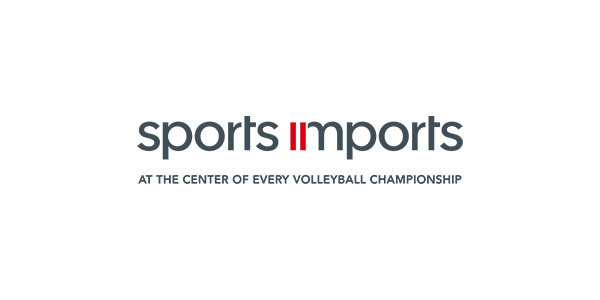

College recruiting preparation can be a daunting task, but don’t fret! Here are five college recruiting tips that can help both boys and girls volleyball athletes.
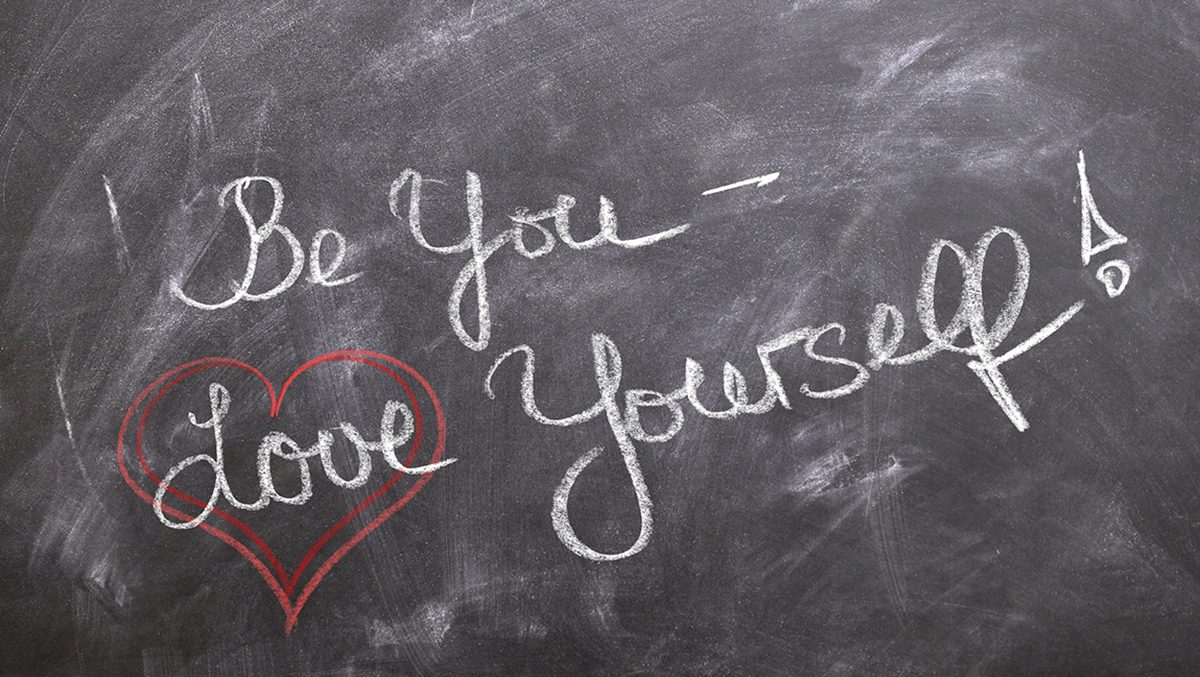
As a busy volleyball coach, making time for self-care can seem impossible. But there are small moments throughout the day and week where you can carve out this time to take care of yourself—and teach your athletes to do the same.

Shoulder injuries are unfortunately common for athletes of all types, whether due to acute or overuse injuries sustained during sport. Although there is no one-size-fits-all solution to building strong, mobile, injury-free shoulders, there are some general principles that can help regardless of sport choice.

As USA Volleyball coaches, ensuring athlete safety is our top priority. With 70% of sports-related traumatic brain injuries (TBIs) occurring in athletes under 18, concussion awareness is crucial, even in a less contact-intensive sport like volleyball.

Coaches are often faced with implementing strategic decisions and making tough calls. And just as often, the athletes on your team may resist those decisions or the changes that you’re trying to make. Getting buy-in from athletes isn’t always easy, but it is often critical to the team’s success and your relationship with players.

Motivating athletes on your team is an important part of coaching. And providing motivation while protecting mental wellness can be challenging. You can make simple shifts to your coaching style and language to provide motivation without compromising mental wellness.

As a volleyball coach, you have the power to inspire a love for the game that can last a lifetime. And with the Project Play 63 by 30 initiative, a significant movement aiming to increase youth sports participation to 63% by 2030, your role has never been more important.
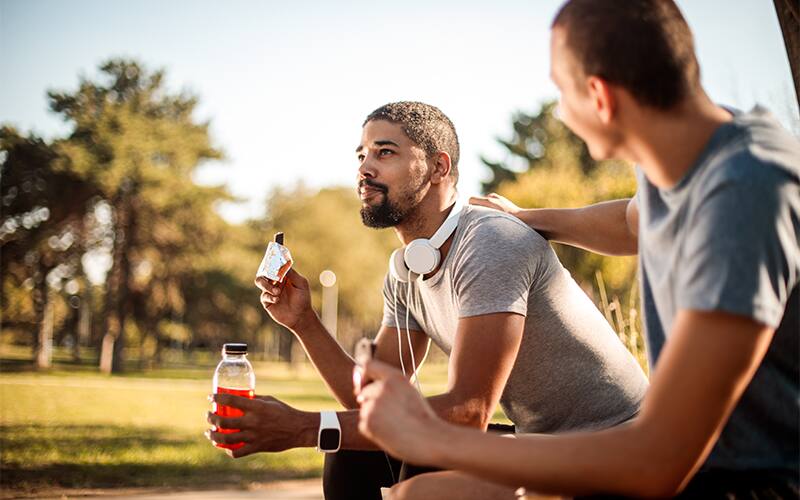
Appetite can be a tricky thing: Sometimes, after the hardest efforts or longest practices, your athlete may simply not feel hungry. This is normal—but if it becomes a regular occurrence, it can be a cause for concern. While hunger cues are generally important and should be respected, in situations like these, it’s important to help your athlete find a way to replenish their body after a hard volleyball practice or competition.
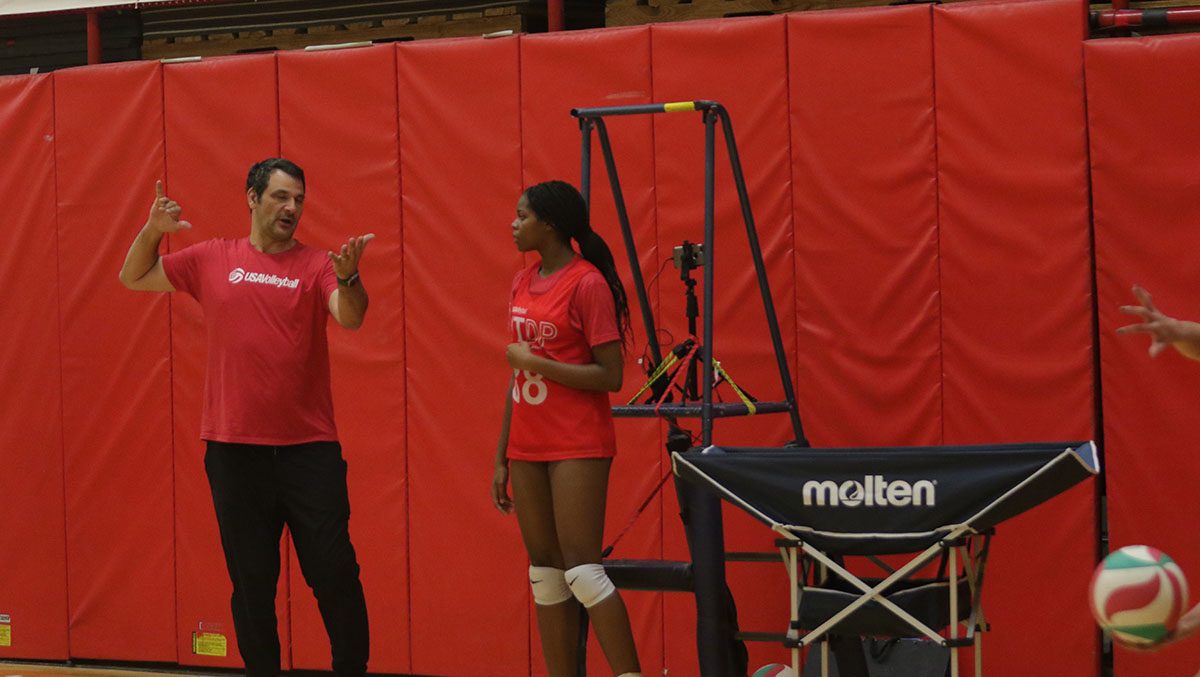
As a volleyball coach, you play a large role in your athletes’ lives, and helping them set realistic, meaningful goals as a team and as individuals is one of the most important parts of a successful season.

Social media usage amongst young athletes is all but guaranteed, and as a coach, you have the difficult task of ensuring that your athletes are using it to enhance team culture rather than spread negativity. It’s tempting to ignore how athletes approach social media, but because it’s a primary method of communication for many of them, it needs to be part of the team culture conversation.

Concussion research is a rapidly evolving field, and over the past several years, there have been a lot of changes in recommendations regarding concussions and their treatment. Newer research shows that some prior recommendations, including prolonged periods of rest, were not helpful for recovery.
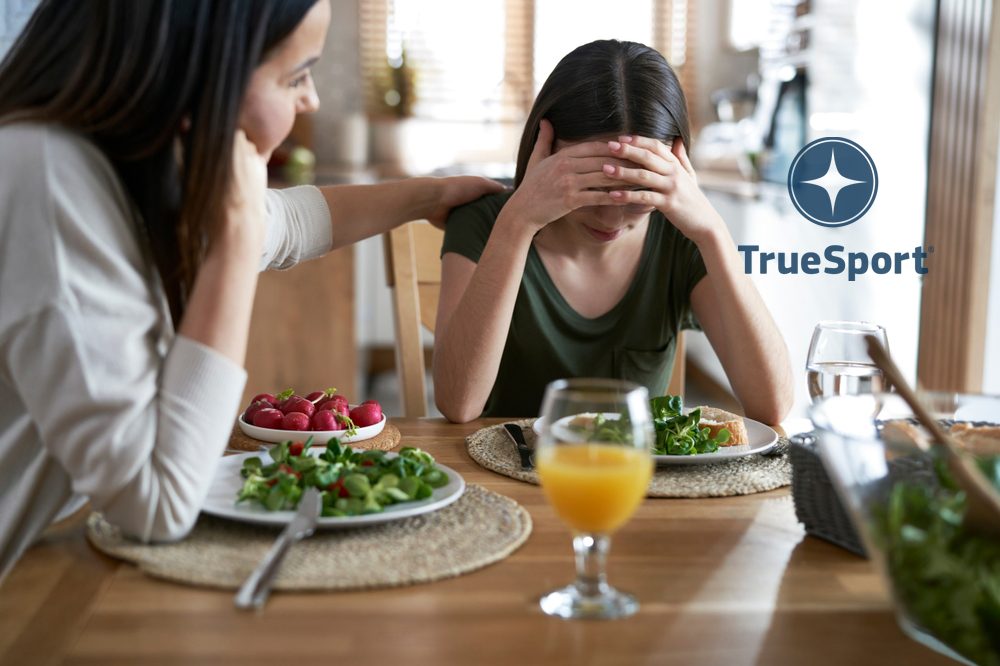
TrueSport Expert and licensed clinical psychologist Dr. Melissa Streno shares some of the most common ‘red’ and ‘yellow’ flag behaviors when it comes to young athletes and body image. Keep in mind that yellow flag behaviors should be taken as seriously as red flag ones.
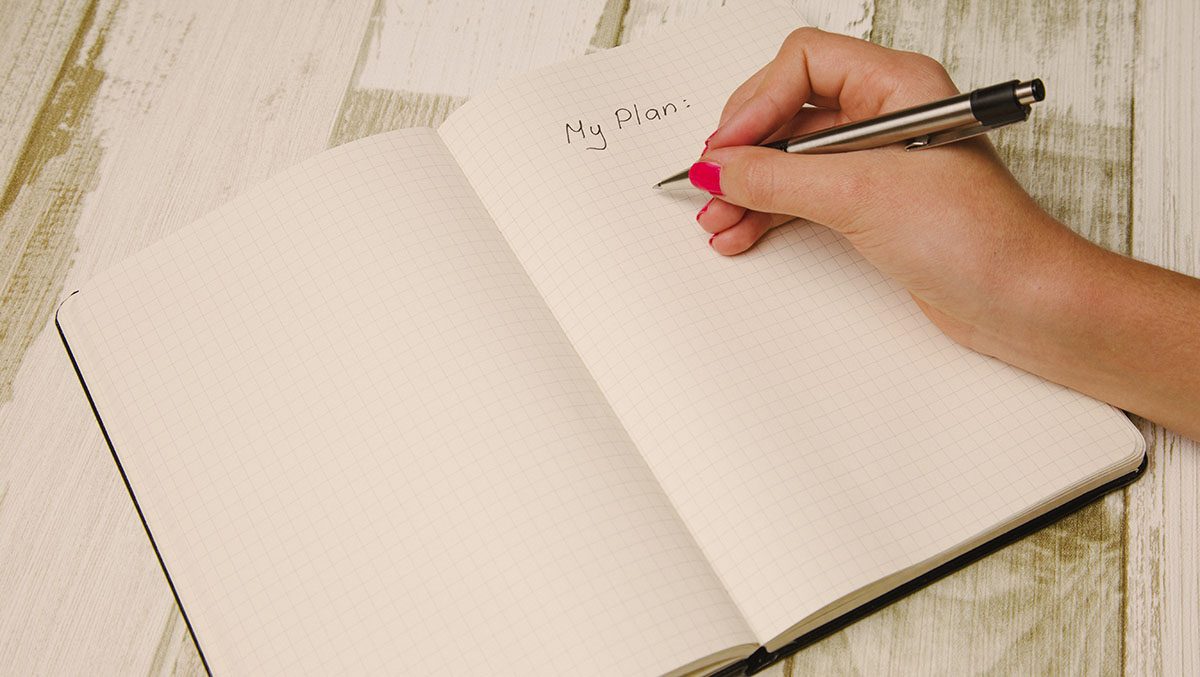
How can a volleyball player position oneself for meaningful NIL opportunities? Spending time making a plan before becoming a time-strapped college athlete is a great place to start! Ready to jump in? Let’s go.
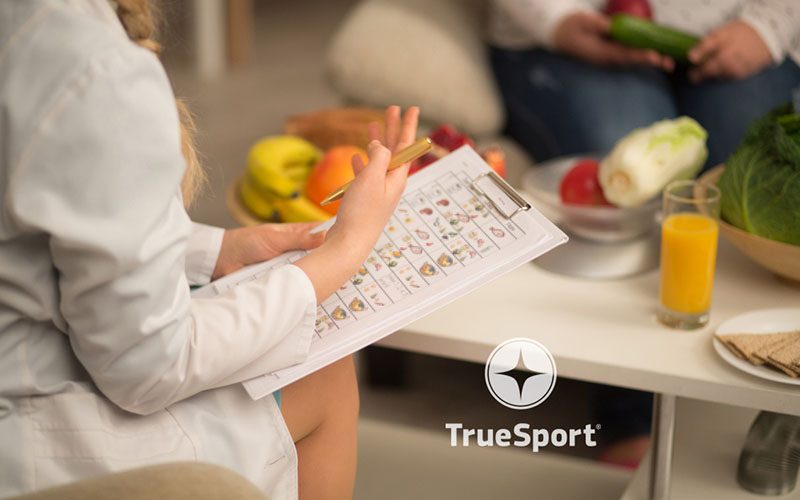
From an offhand comment about what an athlete is eating for breakfast on race day to referring to one athlete on the team as having ’the right build for the sport,’ even casual references to an athlete’s body can have long-term consequences. TrueSport Expert and licensed clinical psychologist Dr. Melissa Streno has recommendations around what to avoid saying or discussing when it comes to eating habits, praise during practice or competition and social media.
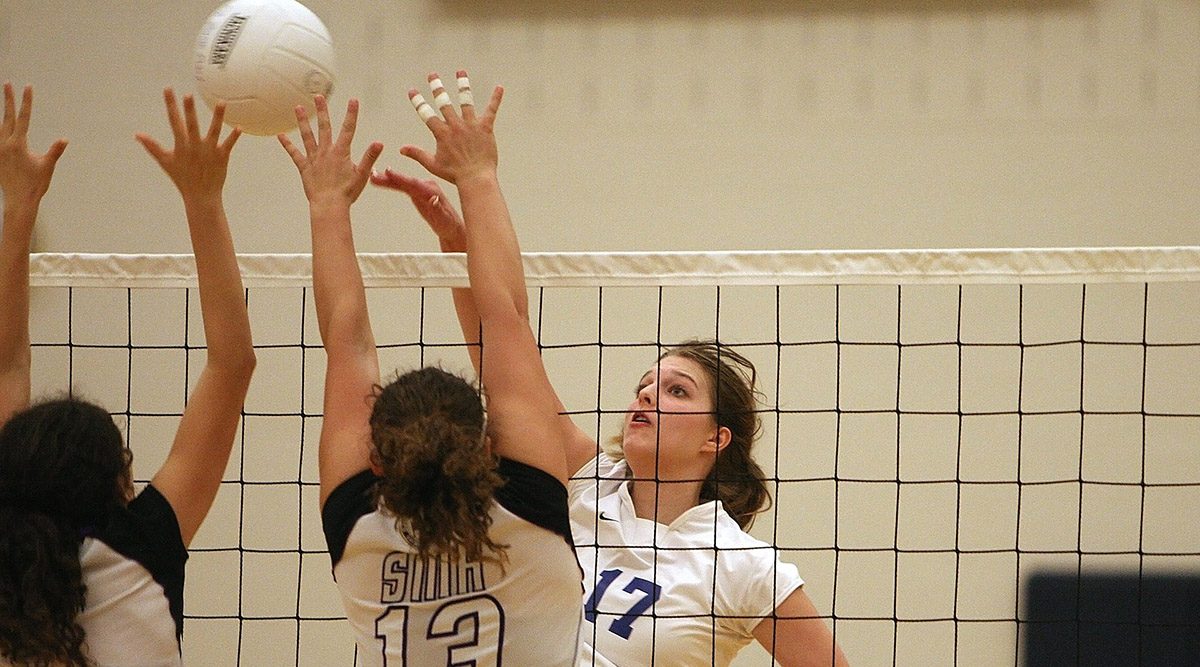
For most, participating in NIL is not a handout but rather a part-time job. It requires dozens, if not hundreds, of hours of research, strategic planning and outreach to be successful. Thus far, the most successful non high-profile athletes have taken the initiative in creating NIL deals for themselves.

Talking about nutrition, especially to young athletes, can feel difficult. Your word choice can make a big difference, and even the most casual conversations can have lasting impacts on your athletes.

USA Volleyball partner Sports Imports has provided USA Volleyball coaches with drills for use with their Trainer+ and The Vertec.
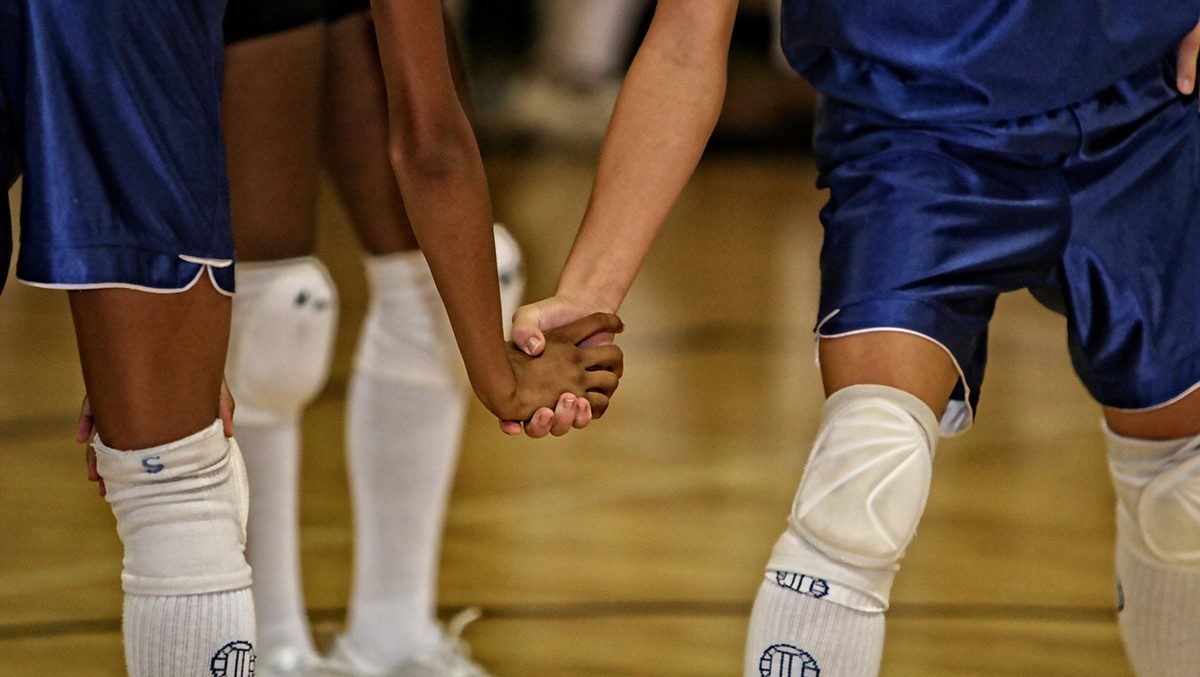
TrueSport Experts Kevin Chapman, PhD, clinical psychologist and founder of The Kentucky Center for Anxiety and Related Disorders, and Nadia Kyba, MSW, the president of Now What Facilitation, share a few important ways that you can help athletes navigate traumatic times and become better prepared for moments like these.
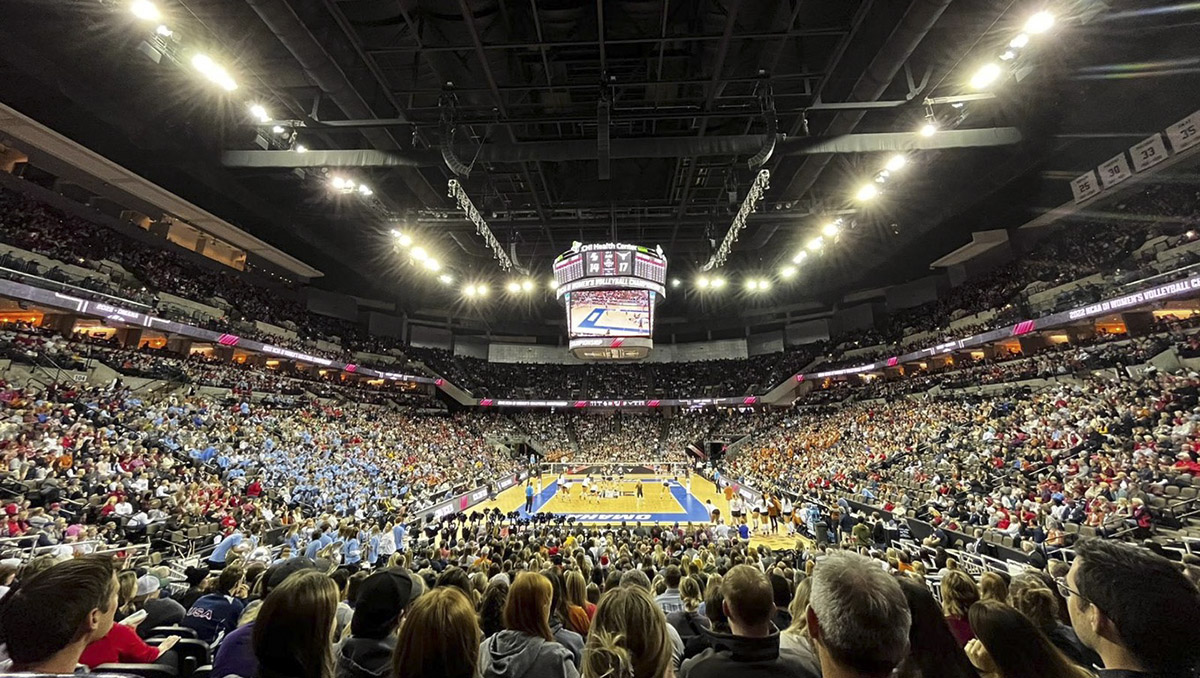
What does NIL really mean and why does it matter? In legal language, name, image, and likeness make up the three pieces of one’s “right to publicity." Michelle Meyer of the NIL Network shares the basics to understanding what NIL means for athletes.
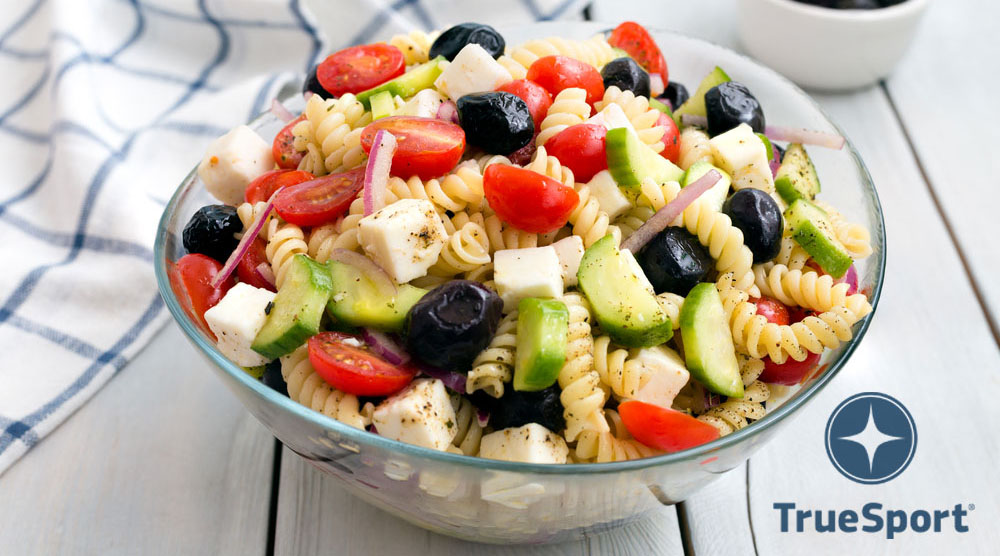
Noodle bowls are one of the most versatile options that busy parents can make to keep athletes well-fed and properly fueled—and most noodle bowls can be repurposed into leftovers for lunch or tweaked into entirely new meals for the next night!
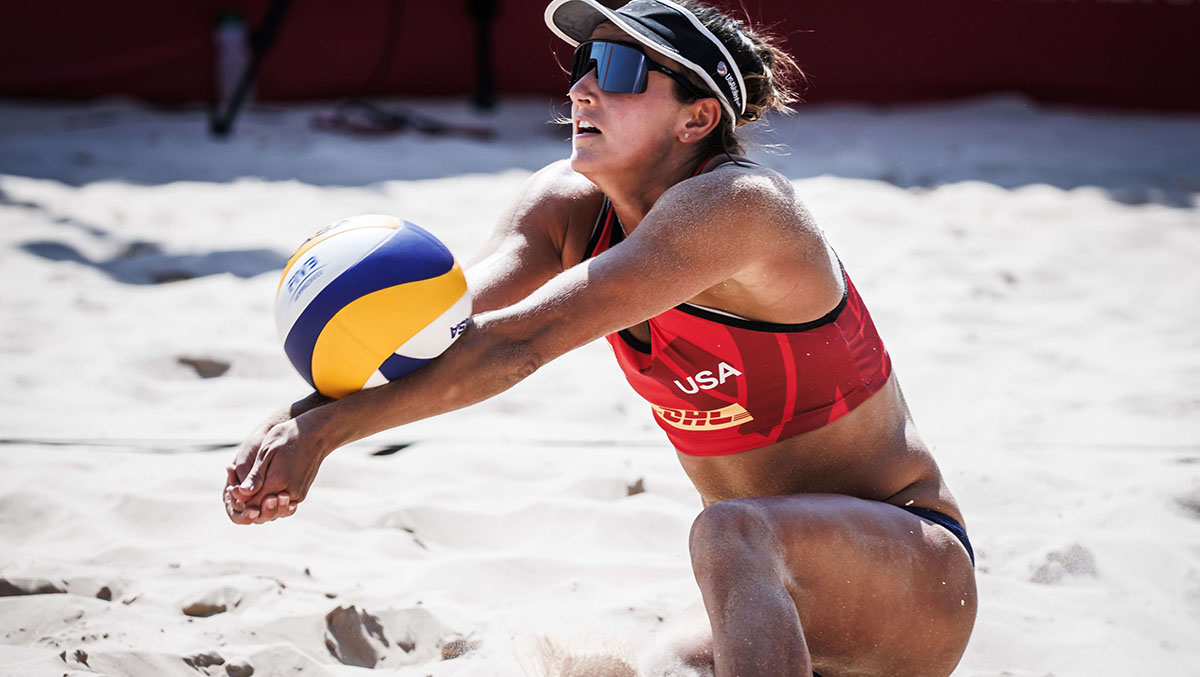
In the Fundamental Beach Skills module within the USA Volleyball Coach Academy, educational provider Beach Nation shares examples of cues, drills and best practices related to coaching fundamental beach skills. Check out this excerpt from the full module.